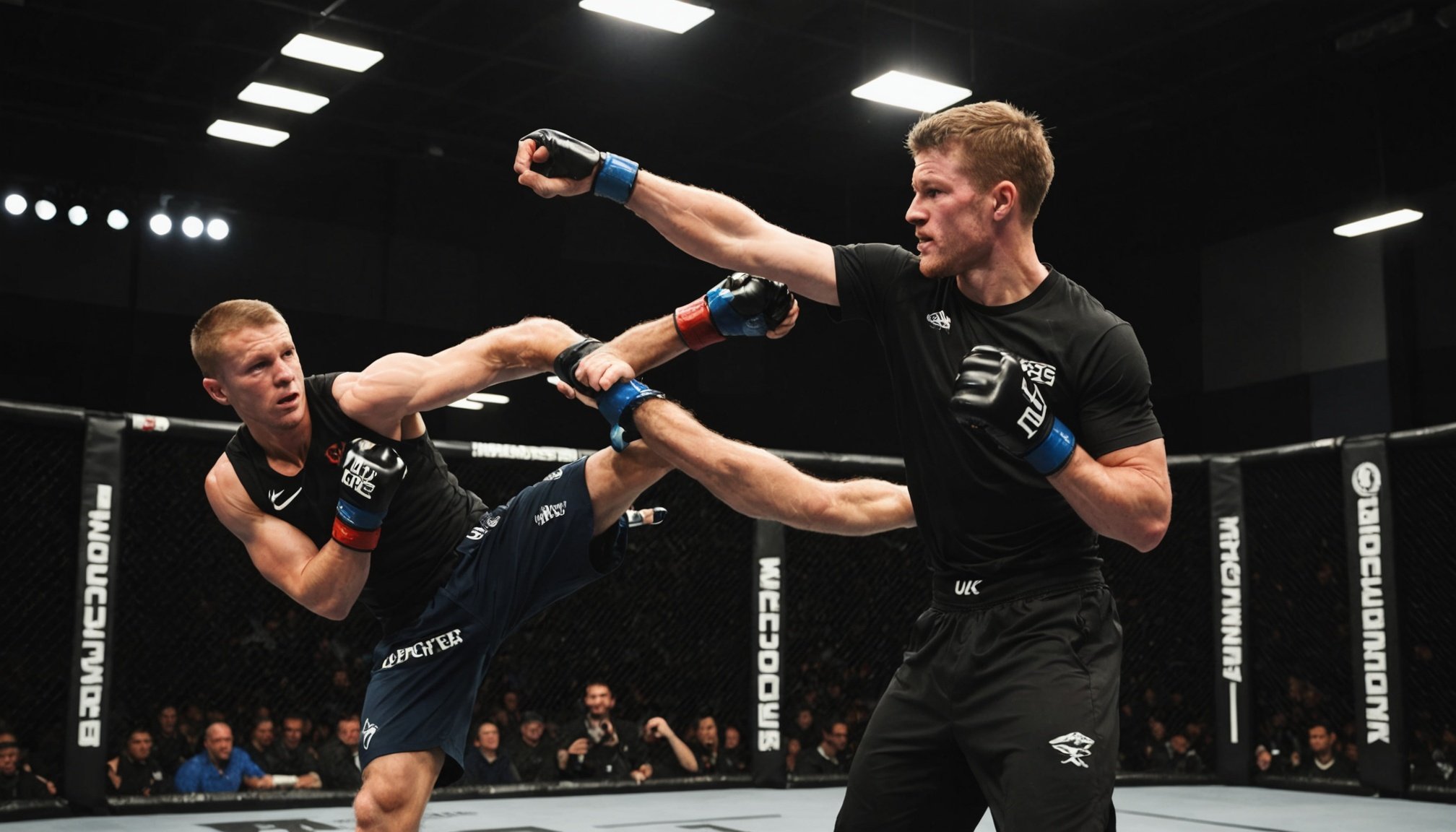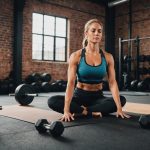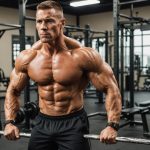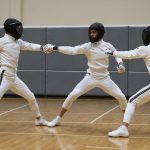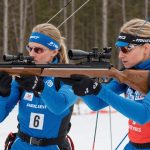Mastering Defense: How Biomechanics Transforms Training for UK Fighters
The Evolution of Biomechanics in Combat Training
Biomechanics, the study of the mechanical aspects of living systems, has revolutionized the way fighters, particularly those in the UK, approach their training. This field of study has enabled trainers and athletes to optimize their techniques, enhance performance, and reduce the risk of injury. Here’s how biomechanics is transforming the landscape of combat sports training.
Understanding the Human Body
To master defense, one must first understand the intricacies of the human body. Biomechanics delves into the mechanics of movement, muscle function, and the impact of external loads on the body. For instance, in the context of infantry training, studies have shown that every additional kilogram of equipment carried can significantly reduce mobility and increase the risk of injury. A study cited in the British Army Review highlighted that for every 1 kg increase in external load, the time to complete an obstacle course increased by nearly 8 seconds[1].
This might interest you : Unleashing your inner champion: the complete uk boxer”s handbook to speed bag mastery
This understanding is crucial for combat athletes as well. Don Heatrick, a renowned Muay Thai performance coach, emphasizes the importance of integrating strength and conditioning with the specific demands of combat sports. He notes that “becoming a dominant force in the ring requires more than just sweat and hard work; it demands a precise strategy”[3].
Tailoring Training to Individual Needs
One of the key advancements in biomechanics is the ability to tailor training programs to individual athletes. This personalized approach is particularly beneficial in mixed martial arts and other combat sports where each fighter has unique strengths, weaknesses, and specialisms.
Additional reading : Ultimate nutrition strategies for effective muscle recovery: essential insights for uk combat sports athletes
Individual Training Programs
In the UK military, projects like VIRTUS have been initiated to develop body armor and load carriage systems that are not only lighter but also more adaptable to individual soldiers. This project includes integrated head, torso, and load carriage systems with quick release capabilities, designed to increase agility and reduce the physical burden on soldiers[1].
Similarly, in Muay Thai and other martial arts, coaches like Don Heatrick advocate for personalized training programs. These programs are designed to bridge the gap between strength and conditioning, performance science, and the specific techniques of the sport. For example, Heatrick’s 12-week fight camp blueprint is tailored to help fighters achieve superior athleticism and ring dominance, regardless of their current level[3].
Enhancing Physical Performance
Biomechanics plays a critical role in enhancing physical performance by optimizing movement patterns, strength, and endurance.
Strength Conditioning
Strength and conditioning are fundamental components of any combat sports training program. Biomechanical analysis helps in identifying the most effective exercises and training protocols that target the specific muscle groups used in combat. For instance, in Muay Thai, exercises that improve lower limb strength, such as squats and lunges, are crucial for delivering powerful kicks. Upper body strength, achieved through push-ups and pull-ups, is essential for punches and clinching[3].
Here is a detailed list of strength conditioning exercises that are biomechanically optimized for Muay Thai fighters:
- Squats and Lunges: To enhance lower limb strength and stability.
- Deadlifts: To improve overall strength and power.
- Push-ups and Pull-ups: To strengthen the upper body.
- Medicine Ball Throws: To develop explosive power.
- Box Jumps: To improve vertical jump and explosive power.
Aerobic Capacity and Endurance
Aerobic capacity is another critical aspect of physical performance in combat sports. Biomechanical training helps in optimizing cardiovascular exercises to improve heart rate recovery and oxygen uptake. For example, high-intensity interval training (HIIT) is often used to mimic the intense bursts of energy required in combat sports. This type of training not only improves aerobic capacity but also enhances anaerobic endurance, allowing fighters to sustain high levels of performance over longer periods[3].
Injury Prevention and Management
Injury prevention is a vital component of any training program, and biomechanics offers several strategies to reduce the risk of injury.
Biomechanical Analysis of Movement
Biomechanical analysis of movement patterns helps in identifying potential injury risks. For instance, in martial arts, improper technique in kicks or punches can lead to injuries such as muscle strains or joint sprains. By analyzing the biomechanics of these movements, coaches can correct technique flaws and reduce the risk of injury.
Training Equipment and Technology
Modern training equipment and technology also play a significant role in injury prevention. For example, the use of infantry handcarts and integrated soldier systems can help distribute the weight of equipment more evenly, reducing the strain on individual soldiers and thereby reducing the risk of injury[1].
Here is a comparison of traditional and modern load carriage systems in terms of injury prevention:
| Feature | Traditional Load Carriage | Modern Load Carriage (VIRTUS) |
|---|---|---|
| Weight Distribution | Uneven distribution leading to muscle fatigue and injury | Even distribution with integrated head, torso, and load carriage systems |
| Mobility | Reduced mobility due to heavy loads | Enhanced mobility with quick release capabilities |
| Injury Risk | High risk of muscle strains and joint sprains | Lower risk due to optimized weight distribution and ergonomic design |
Mental Toughness and Self-Defense Techniques
Mental toughness and the ability to apply self-defense techniques effectively are also crucial aspects of combat training.
Mental Preparation
Biomechanics extends beyond physical training to include mental preparation. Coaches like Russell Stutely, who specializes in pressure point fighting, emphasize the importance of mental toughness and the ability to make quick decisions under stress. Stutely notes that “your safety and efficiency in all aspects of your art, whether Martial, Sports Combat, or Self Defense, are my top priorities”[2].
Self-Defense Techniques
Self-defense techniques, such as those taught in Krav Maga, are designed to be biomechanically efficient, allowing practitioners to defend themselves effectively with minimal physical exertion. These techniques are often based on the principles of leverage and timing, rather than brute strength, making them accessible to a wide range of practitioners.
Here are some key self-defense techniques that are biomechanically optimized:
- Using Leverage: Techniques that use the opponent’s energy against them, reducing the need for excessive strength.
- Targeting Vulnerable Areas: Strikes aimed at vulnerable areas such as the eyes, throat, and groin to maximize impact.
- Efficient Movement: Techniques that minimize unnecessary movement, conserving energy and improving reaction time.
Practical Insights and Actionable Advice
For those looking to integrate biomechanics into their training, here are some practical insights and actionable advice:
Start with a Biomechanical Assessment
Begin by assessing your current movement patterns and technique. Identify areas where you can improve efficiency and reduce the risk of injury.
Incorporate Personalized Training
Work with a coach or trainer to develop a personalized training program that addresses your specific needs and goals.
Use Modern Training Equipment
Utilize modern training equipment and technology to enhance your training. For example, use resistance bands or medicine balls to improve strength and explosive power.
Focus on Mental Preparation
Incorporate mental preparation techniques into your training. This could include visualization exercises, mindfulness training, or working with a sports psychologist.
Biomechanics has transformed the way UK fighters approach their training, from infantry soldiers to martial artists. By understanding the mechanics of the human body, tailoring training to individual needs, enhancing physical performance, preventing injuries, and focusing on mental toughness and self-defense techniques, fighters can achieve a higher level of performance and safety.
As Don Heatrick succinctly puts it, “becoming a dominant force in the ring requires more than just sweat and hard work; it demands a precise strategy”[3]. By embracing biomechanics, fighters can develop this strategy and take their training to the next level. Whether you are a seasoned athlete or just starting out, integrating biomechanics into your training can make all the difference in achieving your goals and staying safe in the process.

